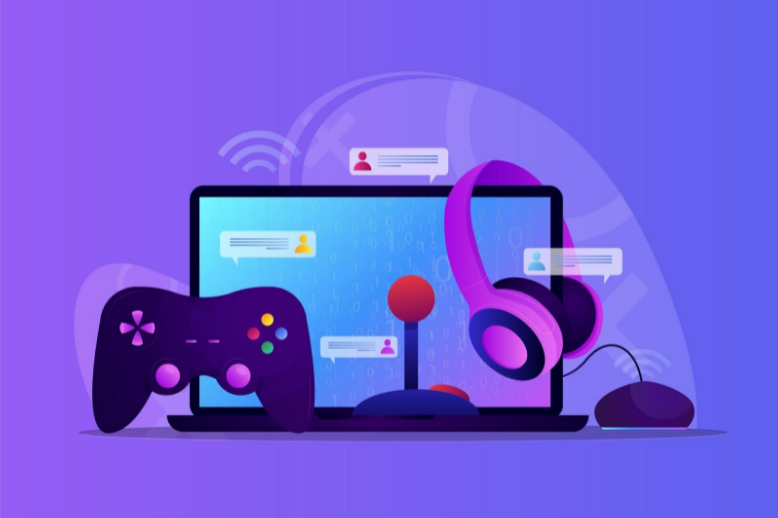Developing a mobile app may seem to be a tedious task but it can be done easily once you make a foolproof strategy. Developing mobile applications is no longer a rocket science and there are various phases in the lifecycle of its development which need to be followed to get the best outcome.

Go through the various phases of mobile app development in detail to get a clear overview.
1. Planning and market research
When you first think of a concept and wish to develop into a mobile application, get ready for market research. Gather a lot of information regarding the scope of your app and find the target audience. It is time to define the purpose of creating an app and find more creative ways of how the application will help the audience or cater to their needs. After understanding the purpose of your app, understand the demographics of the users and how your competitors are marketing their app.
Make a list of features you wish to include in the app and divide them into 2 categories. Introduce simple and standard features in the primary version of the app and plan to add exciting features during the upgrades. List out the details like time required to develop the app, required skill and budget to finish the development and marketing.
2. Prototyping and wireframing
This is the next phase after planning where you have an idea of which features need to be added to the application and how the app should look and feel. This is also a phase where you get to decide which parts of the app development can be done in-house and which need to be outsourced. Create a storyboard for the application and layout all details to connect the points and make a roadmap on how to proceed with the development. Prototyping is the part done to get a clear preview of what the application holds and functions.
Utilize wireframes to see if the app development is going in the right direction. The role of a wireframe is to guide through the backend process. Prototyping and wireframes help in evaluating the design ideas and make the development process easy.
3. Designing
This phase of app development is dedicated to the look and feel of the app. Once you get the idea of which features to incorporate into the app, you need to start designing them. Start developing screen layouts and check how the app might look on different screen sizes. Attention to detail is given for layouts, buttons, icons and visual elements present in the app. Study the design placements of each platform and innovate new designs to engage and attract the user to the app.
A professional designer will work on the user interface elements of the application and give insights on how to create a stunning application. The designer works on elements like the flow of the app, user-friendliness and basic app environment. By the end of designing, the developer gets a blueprint of the designs for the app features and visual appearance of the overall app.
4. Development
Application development involves many phases. Coding is the most important in the app development as it is the backbone for an application. The developer has to decide if he is using a development platform or a service provider. If not the developer needs to find solutions for storage, security, and set up servers, databases as a backend. Using an app development platform will take care of the above storage and server problems. It also enables the app to make changes easily and helps to stay updated on all the latest features and trends.
Sign into the app store to create a developer account to get the app ready for launch. Read the app store guidelines carefully and see that your app caters to them without any violations as it can cause a waste of time and money to re-do the features. Designers and developers come together in this phase to check the outlook of the app and functionality.
5. Testing
Errors are bound to happen even when expert developers work on building the app. To correct those mistakes and start debugging, testing should be done in various ways before launching the app into the market. During the testing phase, the developer checks if the app is fully functional with interactive graphics to engage the audience. Test for user experience and compatibility of the app on various devices to increase the scope of app engagement.
Other tools which need to be checked are interface testing, performance testing, security of the app, and services. UAT testing and Beta testing are two kinds of testing done by all app developers to check for the performance of the features and to find the market potential of the app.
6. Launch
Here comes the final stage in mobile application development where the app is ready to hit the stores. Deployment of the app with the right target audience and platform is important for success. Invest time and energy to make sure that the app gets as many downloads as possible. Focus on app store optimization and include trending keywords which describe the app. This strategic move will make your app more visible and help the audience to reach it for download.
Right from the description of the app to promotional videos, design a strategy to increase the awareness. Put up the app link in your website or find a landing page which can support and promote the app. Include testimonials and user ratings in the landing page to spice up the interest of the target audience. Offer incentives and start promotions on your social media pages to keep the users engaged. Pay attention to analytics and track if you have met the marketing objectives.
A well-structured application development process is useful in finding out the errors beforehand. Once the app is released into the market, do not rest and find creative ways to keep them engaged. Marketing a mobile application is an on-going process and there is never a definite end to it.
Note = We accept paid guest post , please let me know if you are interested. More details Ishantech@hotmailcom
http://ishanmishra.in/write-for-us-and-contribute-a-guest-post-for-our-growth-hacking-growth-marketing/

















